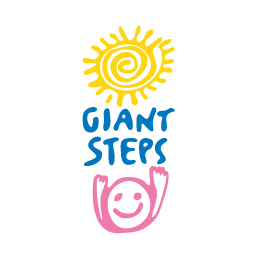What are ASD’s?
What are ASD’s?
Today we know much more about the complex nature of Autism Spectrum Disorders, the umbrella term used to cover a range of neurobiological disorders that are usually lifelong and affect the way people communicate and relate to others and the world around them.
The umbrella term ASDs covers conditions which were previously diagnosed as:
- Autistic disorder (or infantile autism or childhood autism)
- Asperger’s disorder (where a child has good, often precocious verbal skills)
- Pervasive Developmental Disorder – Not Otherwise Specified or PDD-NOS (where a child displays some characteristics of autism but not all)
People affected by autism usually display difficulties in two areas:
- Social Communication – including delayed or impaired language development, difficulties developing and maintaining relationships, difficulties understanding and using nonverbal communication, social imagination and play
- Restricted and Repetitive Behaviours and/or Interests
While difficulties in both areas need to be present for a diagnosis of ASD to take place, children often present very differently and no two individuals with ASD are the same. For example, it was once thought that all children with ASD were unresponsive and aloof, never showing affection. We now know ASDs are much more complex with a variety of symptoms and characteristics that can occur in different combinations and varying degrees of severity.
Many people with an ASD also have sensory sensitivities, which may include over- or under-sensitivity to sight, touch, taste, smell, sound, temperature, and pain. Because of these sensory imbalances they often experience overwhelming anxiety, frustration and confusion when faced with the demands of everyday life.
Current research indicates that approximately 1 in 100 people have an ASD (Olga Tennison Autism Research Centre). It occurs in all racial, ethnic, and social groups and is four times more likely to affect boys than girls. To date, there is no known cause of ASDs and no cure, but early intervention programs and some therapies have helped many on the spectrum.
Children often present very differently and no two individuals with ASD are the same
